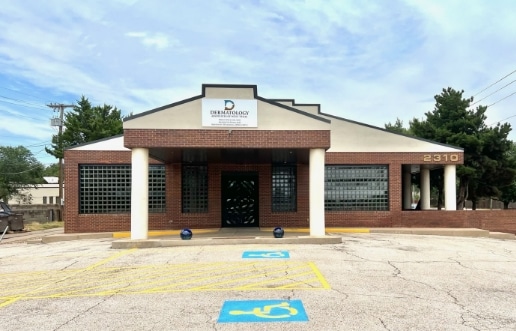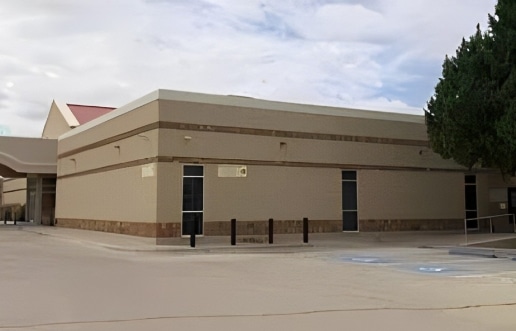OVERVIEW
Prominent leg veins are common in women as they age. Though they can be harmless, they can sometimes cause pain. Even without pain, some people with visible leg veins are self-conscious about how they look.
Types of Leg Veins
There are three types of leg veins of concern: varicose veins, reticular veins, and spider veins. Varicose veins are the largest. They can be as big as three-quarters of an inch and often look like twisty ropes. They can form anywhere from the ankle up to the thigh. Reticular veins are smaller than varicose veins but have a similar ropy look. They tend to be on the back of the leg, in the knee area. Spider veins tend to be harmless and don’t cause pain or bulge. They look more like bluish or reddish webs and can show up on the face in addition to the legs.

Symptoms of Leg Veins
Varicose and reticular leg veins can cause symptoms like burning, pressure, achy areas, and weakness. The veins usually cause more symptoms as they get larger. Ankles and feet can sometimes swell, and the skin close to the veins may seem dry or itchy. Spider veins typically don’t cause pain or aches.
What are the Risk Factors for Leg Veins?
There are many risk factors for developing prominent leg veins.
Gender
Women are more likely to develop varicose veins than men, perhaps due to increased blood volume in pregnancy, hormone differences between women and men, or even oral contraceptives.
Age
Leg veins are more common over the age of 4.
Genetics
Like many conditions of the body, varicose veins tend to run in families.
Job
People who spend a lot of time in jobs that require standing up for long periods or walking for large parts of the day have greater chances of developing varicose or reticular veins.
Body size
Carrying extra weight, especially in the midsection of the body, puts added pressure on the legs and leg veins. The risk for prominent leg veins increases in overweight women and greatly increases in women who are obese.
Most Common Treatments
Home Remedies and Lifestyle Change
If your leg veins aren’t causing pain, you can do several things to help improve circulation and reduce pressure on the legs.
- Take breaks throughout the day with your feet propped up
- Use a mild pain reliever like aspirin or ibuprofen.
- Avoid long periods of the same types of activities. Alternate sitting, standing, and walking
- Wear compression stockings. Compression stockings can help put pressure on leg veins and keep blood from pooling as much. Over-the-counter varieties may help, but health care providers can prescribe better versions.
Minimally Invasive Procedures
Injections
This is called sclerotherapy. These injections are used for smaller varicose veins, spider veins, and reticular veins. A doctor injects the vein with a chemical that makes the vein swell and shut. It usually has to be done in more than one session.
Lasers
A laser is used on the surface of the skin. The wavelength of light used by this laser heats and damages the vein so blood can’t pool in it.
Radiofrequency
This is often used for larger varicose veins. A health care provider performs this procedure by inserting a tube into an enlarged vein and heating the tip of the tube with radiofrequency waves, which destroys the vein and makes it collapse and close.
Invasive Procedures
Though invasive surgical procedures are used less often now, sometimes leg veins require surgery. This involves removing the affected veins from the legs through small cuts.





